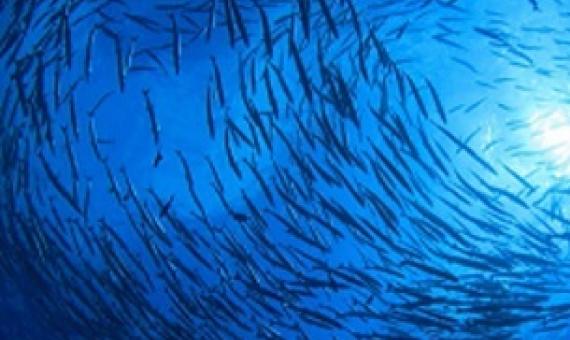Conservation Status and Cultural Values of Sea Turtles leading to (un)written parallel Management systems in Fiji.
Globally and locally, conservationists and scientists work to inform policy makers to help recovery of endangered sea turtle populations. In Fiji, in the South Pacific, sea turtles are protected by the national legislation because of their conservation status, and are also a customary iTaukei resource.
